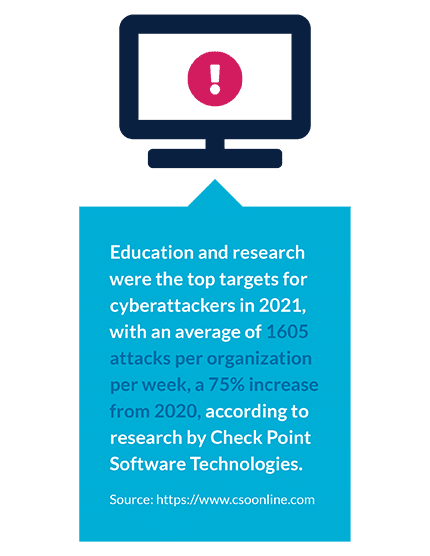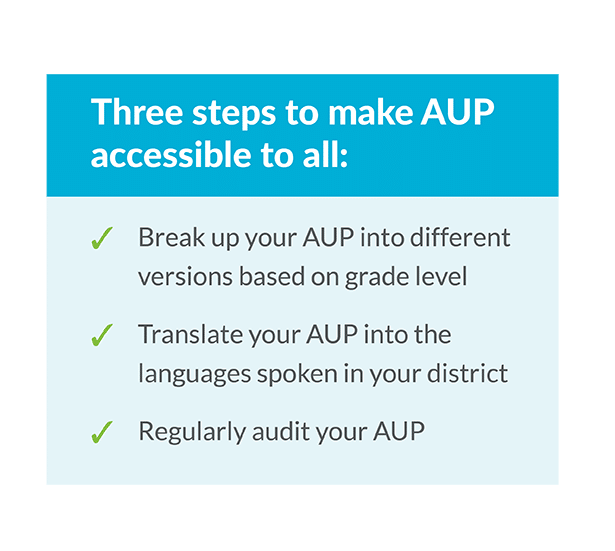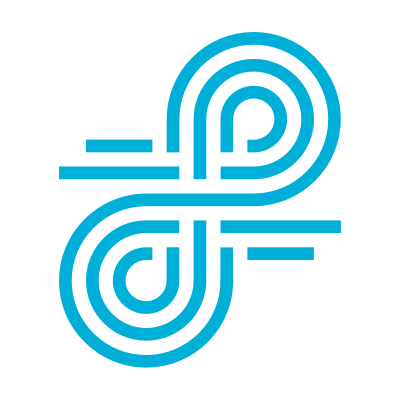Just one student accessing an unapproved app can expose the personally identifiable information of everyone in your district, which can compromise the safety, credit, and wellbeing of your staff and students for years to come.
While it is of course impossible to eliminate risk entirely from your district’s edtech use, it is possible to greatly mitigate that risk by making sure your community uses its devices responsibly. Essential to that effort is the development—and, just as important, the enforcement—of a comprehensive acceptable use policy that all users, even young students, understand and accept.
To help you develop your AUP, here are answers to some of the most common questions districts have.

What is an acceptable use policy (AUP) and why does my district need one?
An AUP is a formal, written agreement between the district and its students about how students are permitted to use their devices online. According to a CoSN report, a good AUP will achieve two critical goals:
- Protect students from harmful content on the Internet—and regulate students’ use of the internet—so they do not harm other students or interfere with the school’s instructional program.
- Provide students with access to digital media to support engaged learning.
What’s difficult to do is to achieve the proper balance between the two goals CoSN articulates. A district that focuses too strongly on protection will find that its AUP prevents students from accessing critical learning opportunities. On the other hand, districts that focus too strongly on making digital media accessible will have students jeopardizing the district’s data and the community’s safety.
The role of the AUP is to explicitly articulate your district’s approach to balancing these two goals. Your district must think carefully about striking the right balance because so many edtech apps and resources put students at risk.
Additionally, with hackers relentlessly probing your network for weaknesses, an AUP that’s enforced by the district and understood and followed by its students can help mitigate cyberattacks.
What should an acceptable use policy cover?
Each district’s AUP should be curtailed to the community’s distinct needs and circumstances, which means that each AUP will be unique. However, according to the National Education Association, effective AUPs have certain things in common.
In addition to a statement of purpose, definition of terms, and a statement of policy, the AUP should explicitly state which activities are permitted and which are prohibited. Given the range of activities possible on a device, it is not possible for a district to be exhaustive in its list, but it is critical that districts be as clear as possible about their expectations of students. Doing so will help students use their devices in confidence knowing they are safe and within the bounds of the rules. Ensuring proper device usage in this way also promotes learning and student engagement.
The AUP should also spell out what the district will do when a student intentionally violates a policy. This section should be as unambiguous as possible about the consequences for each type of infraction, for this helps to create a sense of fairness when students are disciplined.
Further, this section should tell students whom to contact when they have questions about whether a particular activity is acceptable. No AUP is sufficiently thorough to prevent all questions, so making it easy for students to get those questions answered will boost community safety.
What should a district consider when writing an acceptable use policy?
When you’re figuring out how to put your AUP together, always keep in mind this fact: your AUP is meant to communicate to children. It is therefore imperative that you write in simple, straightforward language, free of jargon, legalese, and unnecessarily complicated sentence structures. You should also be as concise as possible because the longer your AUP, the less likely students are to read it in its entirety.
While getting started on the creation of your AUP may seem like a daunting task, keep in mind that there’s no right answer here. There’s only the right AUP for your district. Fortunately, there are tactics your district can employ to make your AUP accessible to all.

First, break your AUP into different versions based on grade level: not only will appropriate content vary based on age, this approach will also make sure that all students are reading only the policies that pertain to them.
Second, translate your AUP into the languages spoken in your community, so that all students, regardless of background, will be able to understand your AUP—and so will your students’ families.
Finally, regularly audit your AUP instead of treating your first version as set in stone. Doing so will not only give you a chance to change what you find isn’t working, but will also give you a chance to be responsive to community feedback about common struggles students are having with the AUP you have implemented.
In addition to offering solutions that help you make the most of your educational technology, we’ve put together a free resource to help your district optimize and maintain your school’s AUP. Download this guide to help keep your district secure and your students safe while they learn and use the internet.
Optimize Your District’s Acceptable Use Policy to Keep Your Students and Your District Safe

